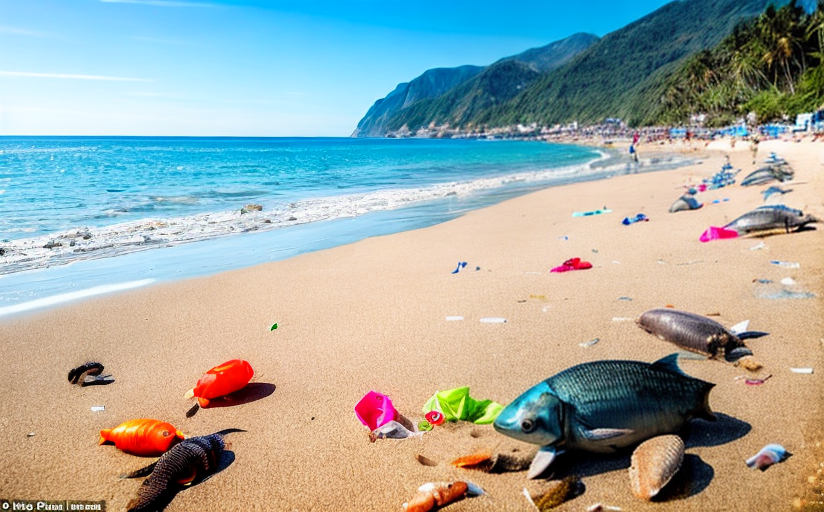The Environmental Impacts of Over-Tourism
Tourism has been a major source of revenue for many countries and regions, providing employment and aiding in regional development. However, an increase in global tourism has also led to several negative consequences for natural ecosystems. This article aims to examine these environmental impacts, particularly focusing on the effects on local fauna and flora, landscape damage, pollution, erosion, and climate change.
Impacts on Local Fauna and Flora
High tourist influx can disrupt the lives of local fauna and lead to the destruction of their habitats. Wildlife in touristic hotspots such as African savannahs or Southeast Asian rainforests often become habituated to human presence, making them more vulnerable to poaching and predation. Tourist activities also negatively impact local flora by trampling of sensitive vegetation, littering and introduction of invasive species. The case of Galapagos Islands is a grim example of how tourism can endanger local wildlife and flora.
Damage to Landscapes and Erosion
Densely-visited tourist spots often witness damage to their landscapes due to littering, construction of hospitality structures, and visitor activities. This often leads to erosion and loss of soil health, impacting the vegetation cover and making the area prone to landslides. According to the Environmental Impact Assessment, the Great Wall of China and Machu Picchu have suffered extensive damage due to over-tourism.
Pollution and Climate Change
Over-tourism contributes to both air and water pollution. The increase in transport, food service requirements and waste generation leads to higher emissions and subsequent contamination of water bodies. Additionally, such activities significantly contribute to global greenhouse gas emissions, accelerating climate change. A report by the United Nations Framework Convention on Climate Change estimates that the tourism industry is responsible for nearly 8% of the total global emissions.
Mitigating the Impacts of Over-Tourism
While the impacts of over-tourism are significant, there are ways to mitigate them. Sustainable travel practices such as low-impact tourism, eco-tourism, and responsible tourism can significantly reduce the environmental footprint of this industry. Education and awareness programs for tourists, stricter regulations for tourism companies, and promotion of off-beat destinations to divert tourist traffic are potential solutions.
Potential Sustainable Strategies
Tourism bodies or authorities can adopt various sustainable strategies to minimise the adverse effects of over-tourism. One such approach is installing a quota system for tourists, which has been successfully implemented in the Inca Trail in Peru. Additionally, infrastructural planning that abides by green standards, regulating tourist activities in sensitive regions, and encouraging tourism in understated regions can also help control over-tourism.
In conclusion, while tourism has significant socio-economic benefits, its unfettered growth can have severe implications on the environment. In the light of global climate change, it is vital to chalk out sustainable tourism strategies to ensure the preservation of our planet for the generations to come.




















Comments
Leave a Comment